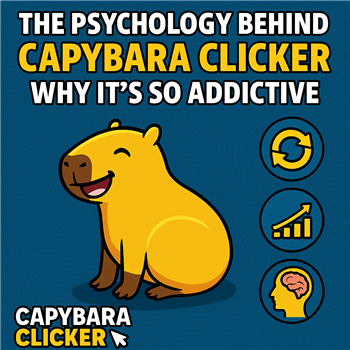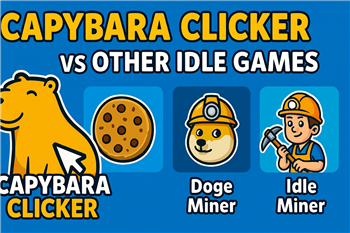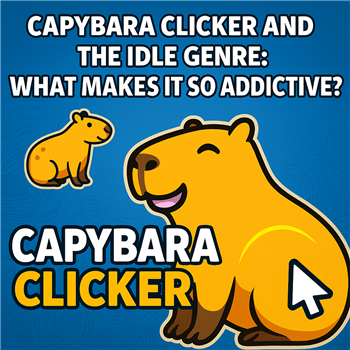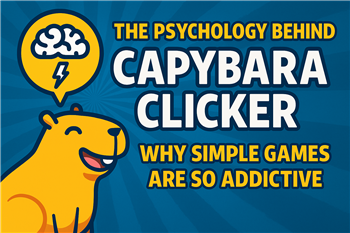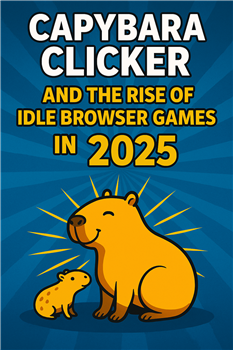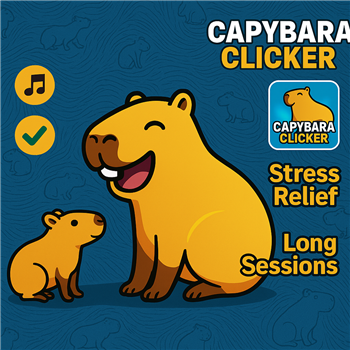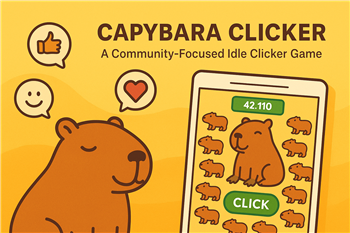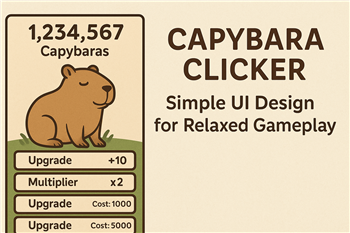The Psychology Behind Capybara Clicker – Why It’s So Addictive
Capybara Clicker may look like a lighthearted meme game, but beneath its adorable visuals lies a carefully engineered experience that taps into human psychology. Its addictiveness is not accidental — it's a product of smart design, rewarding feedback loops, and accessible gameplay.
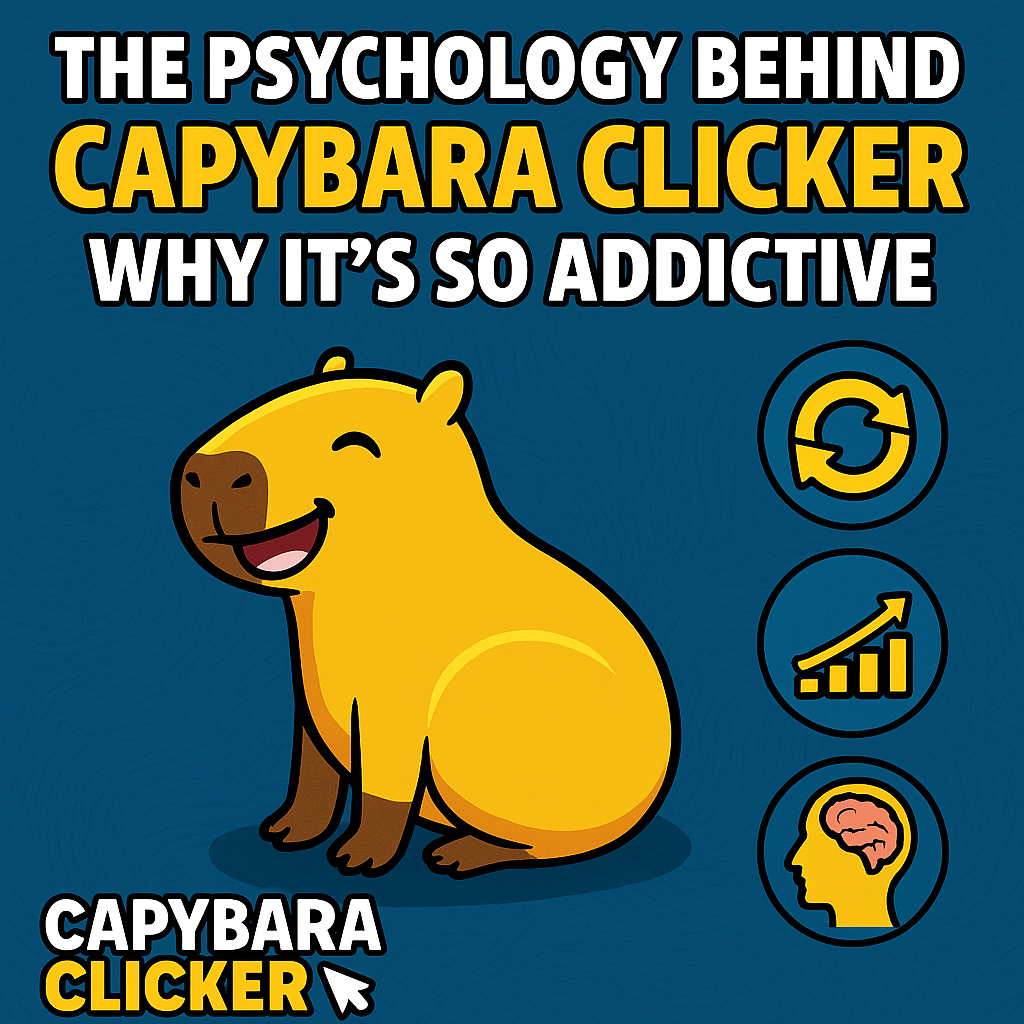
🔁 Instant Gratification & Reward Loops
Every click increases your capybara count. Each upgrade brings satisfying visual and numerical progress. This is the classic operant conditioning loop, where small rewards keep users engaged. Capybara Clicker nails this mechanic by offering instant feedback that reinforces your actions.
📈 Progress Without Pressure
Unlike high-stress competitive games, Capybara Clicker Official offers a relaxed, non-punitive environment. There’s no timer, no leaderboard stress — just your growing capybara empire. This taps into our need for progress while minimizing cognitive fatigue.
🧠 Minimal Input, Maximum Satisfaction
Clicker games succeed because they reduce cognitive load while delivering a sense of achievement. Capybara Clicker uses clean visuals, soothing animations, and simplified UI to keep your brain engaged — but never overwhelmed.
📱 Mobile-Friendly = Habit Forming
Accessible anytime on your browser, this idle clicker integrates seamlessly into daily life. Whether you're taking a break at work, riding the bus, or winding down before bed, it fits your schedule. And that’s how habits are formed — through frictionless repetition.
🎯 Conclusion: Built on Behavioral Science
Capybara Clicker is more than a cute time-passer — it’s a well-designed behavioral loop wrapped in wholesome aesthetics. Its stickiness is no accident; it’s science-backed fun that keeps players coming back again and again.
🟢 Related Reads
- Capybara Clicker vs Other Idle Games
- The Role of Character Design in Capybara Clicker
- Capybara Clicker – History of the Clicker Game Genre
Curious to try it for yourself? Play Capybara Clicker now and discover why millions are hooked.
